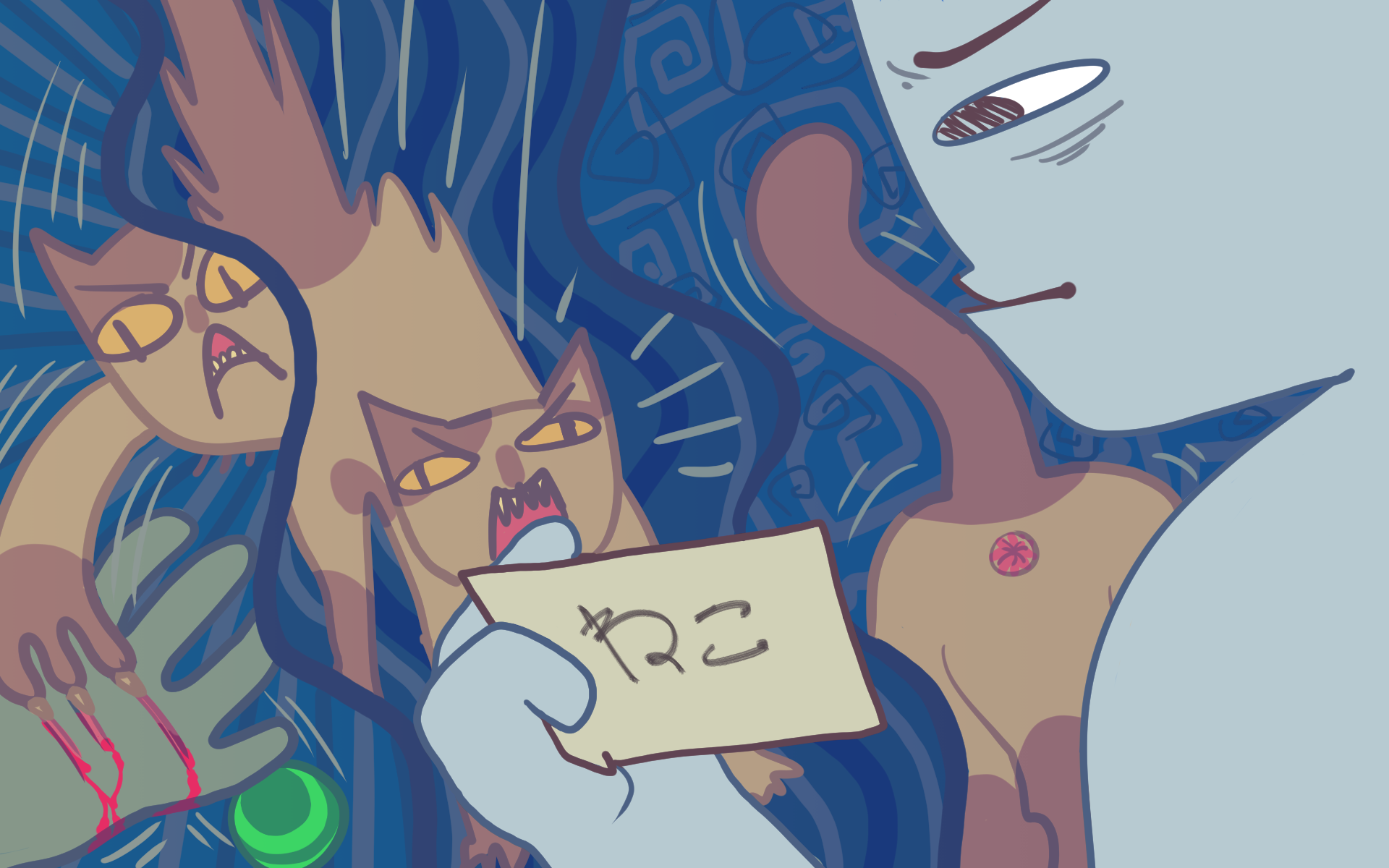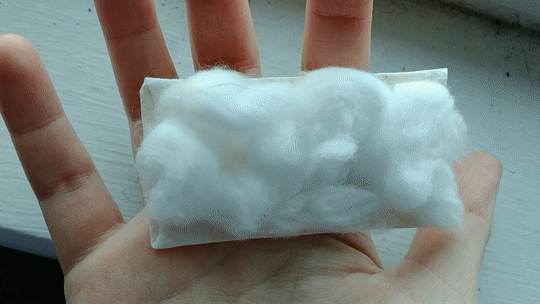Making your own flashcards Let's talk about the value of flashcards and how they can leveraged to help you learn Japanese. Make your own!
This insight was originally published on September 06, 2022, and transferred here later.
This year, I am trying to add in more projects and interesting tricks and tips we can use to help study Japanese! So without further ado, let’s talk about making our own custom flashcard decks! ✨📇🤔
In case you are not flashcard familiar...
A flashcard is a tool used to help study your notes by giving you a prompt and allowing you to test whether you remembered it or not. Usually they take the form of a physical card that you can write notes on. They typically use both sides to allow hiding and revealing information as a test. One side has information you are trying to learn or practice, and the other side has details or a description about that information so you can acknowledge and refresh your understanding of it.
Different types of flashcards
There are many types of flashcards you can make for learning Japanese, but a couple of the most commonly used types you’ll see referred to are comprehension flashcards and production flashcards.
Comprehension flashcards
A flashcard for comprehension helps you build an understanding of the words you’re learning. Basically, it helps to comprehend them. An example of this kind of flashcard is the basic front-and-back flashcard that shows your new word on one side, such as 赤い (あかい / akai), and a explanation or meaning on the other side, like Red.
Production flashcards
In contrast, production flashcards help you understand the ways that your new words can be used. These teach you to better produce the vocabulary in the wild! One example of this kind of flashcard is a fill-in-the-blank style card, such as この_花 (はな / hana) は薔薇 (ばら / bara) です。. The other side of the card would have your answer, 赤い (あかい / akai), the word you were already familiar with before.
You might be able to quickly ascertain that comprehension cards are great for learning new vocabulary and production cards thrive well with practicing grammar. I would recommend having both types of cards in your Japanese learning arsenal, but the choice is ultimately up to you and your needs~
Making some flashcards
The ideal flashcard for learning Japanese will allow you to apply as many experiences to your learning target as you can. When it comes to learning, every experience you can associate with what you are trying to learn strengthens it's hold in your memory. With flashcards though, this can be a pretty complicated task. After all, a flashcard is usually just a humble piece of paper; often with only 2 sides. How many experiences can you even apply to that?

Experience is all about engaging the senses
You can make the best use of space from the 2 sides of each flashcard by thinking about more ways to integrate your senses! For example, instead of only having your basic text-only flashcard like from the examples above with 赤い (あかい / akai), why not add an image of something that is red? You can make the image yourself, personalizing it to your experience of the idea you’re learning. If you’re not confident in your own art skill though, not a problem~ You can also search for the perfect image online and it’ll be just fine! You can even find images on a Japanese search engine to match the most accurate understanding of the term when used in the culture.
Why stop at images though? If you have a digital flashcard deck like Anki, you can even add an audio file. That way, you can hear your 赤い vocabulary being spoken correctly. If you’re making a physical card, you can even leverage texture for Japanese words like フワフワ (fuwa fuwa) or シャリシャリ (shari shari)!

Remember to start out small
Before you get started frantically gathering resources and making lists of things to make cards for, don’t feel like you need to make all of the world’s possible flashcard combinations at once. That is just asking ASAP burnout! Start off with 10 or 20, and then slowly add a few more a couple weeks later. It is important that you actually spend time studying the cards instead of solely making them. Spacing time between making sets of cards also gives you a chance to study small portions of information without being overwhelmed with too many new things to review in a sitting.
TLDR;
- Flashcards are a great study tool
- Comprehension flashcards help you learn a new word
- Production flashcards help you apply your new words
- Buff your flashcards’ study powers by adding imagery, audio, or even texture!
- You can make physical flashcards or digital flashcards with various apps
- Don’t make all of your flashcards in one sitting. Give yourself time to study between adding more.
Have any questions or want to show off some of the cool flashcards you made? Please share in the comment’s section below— I'd love to see your creativity! 👇👇👇
